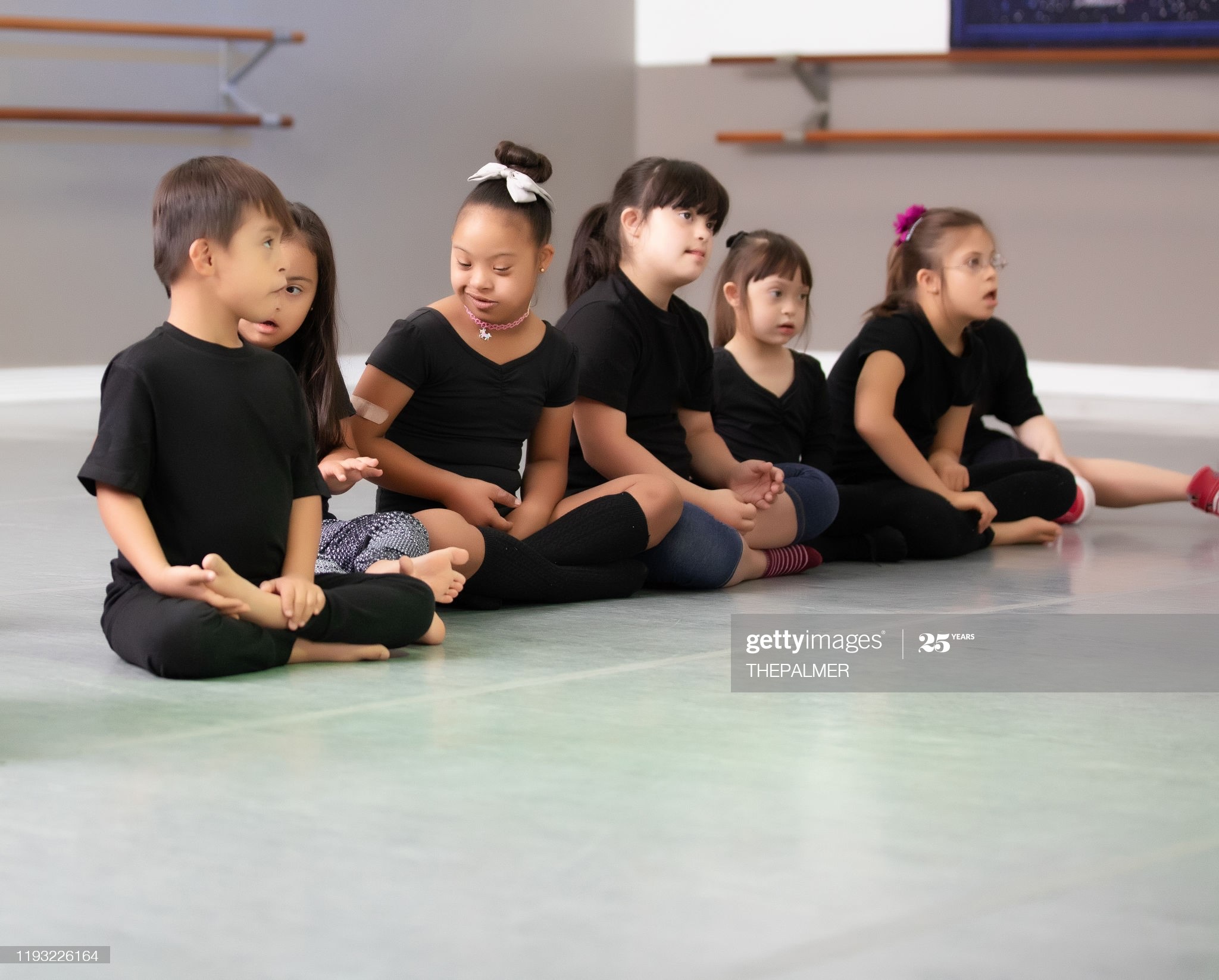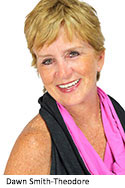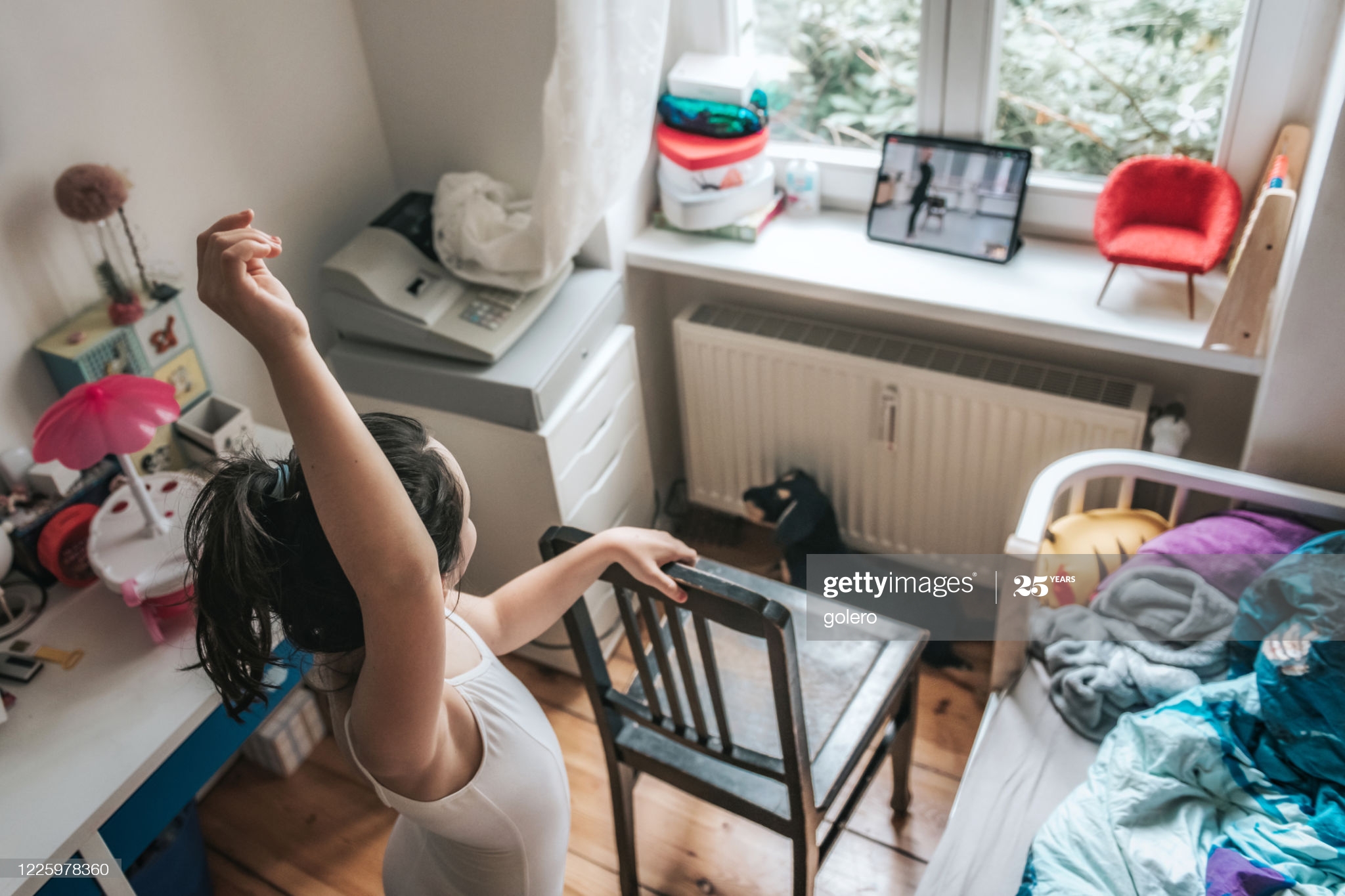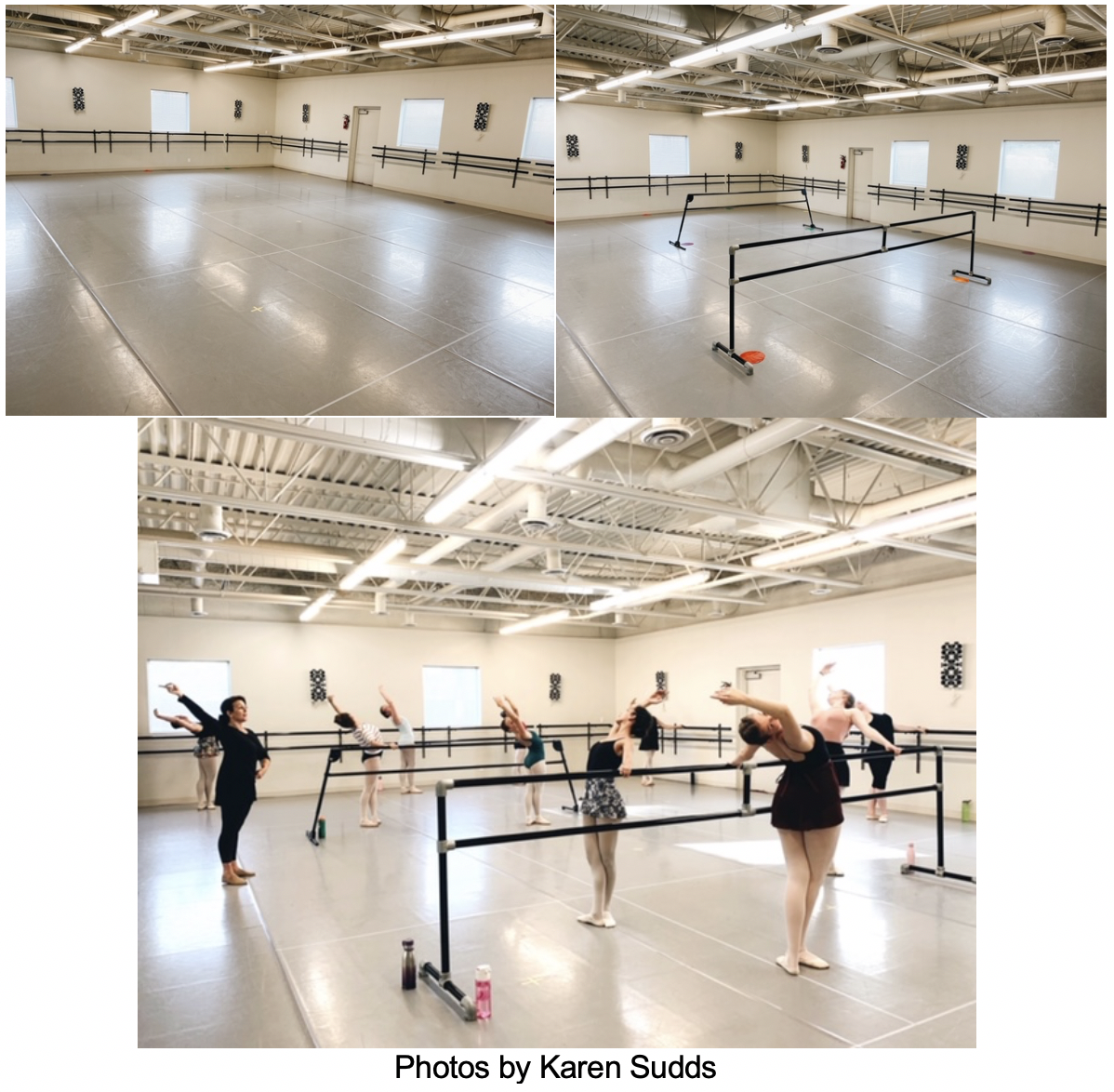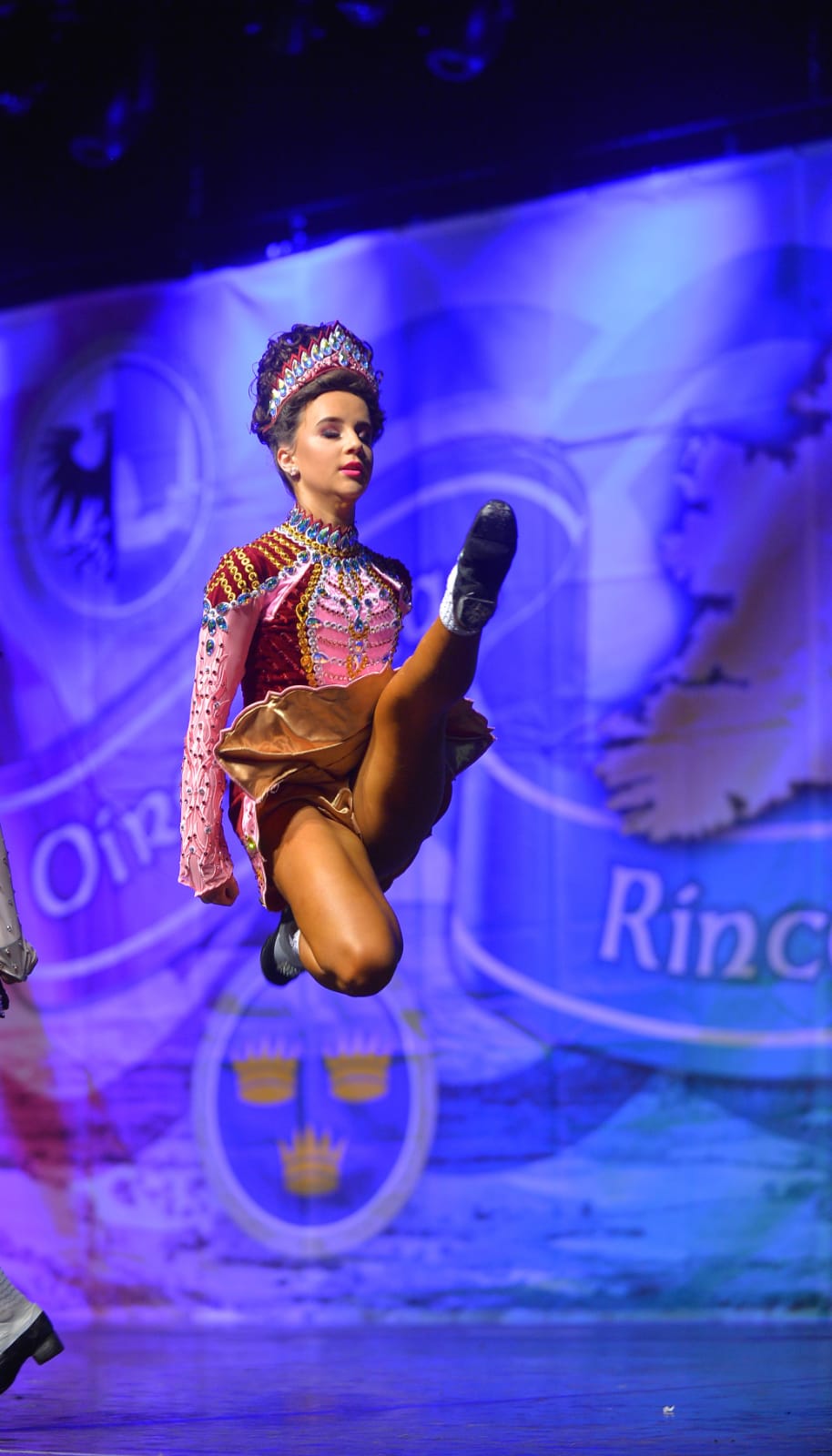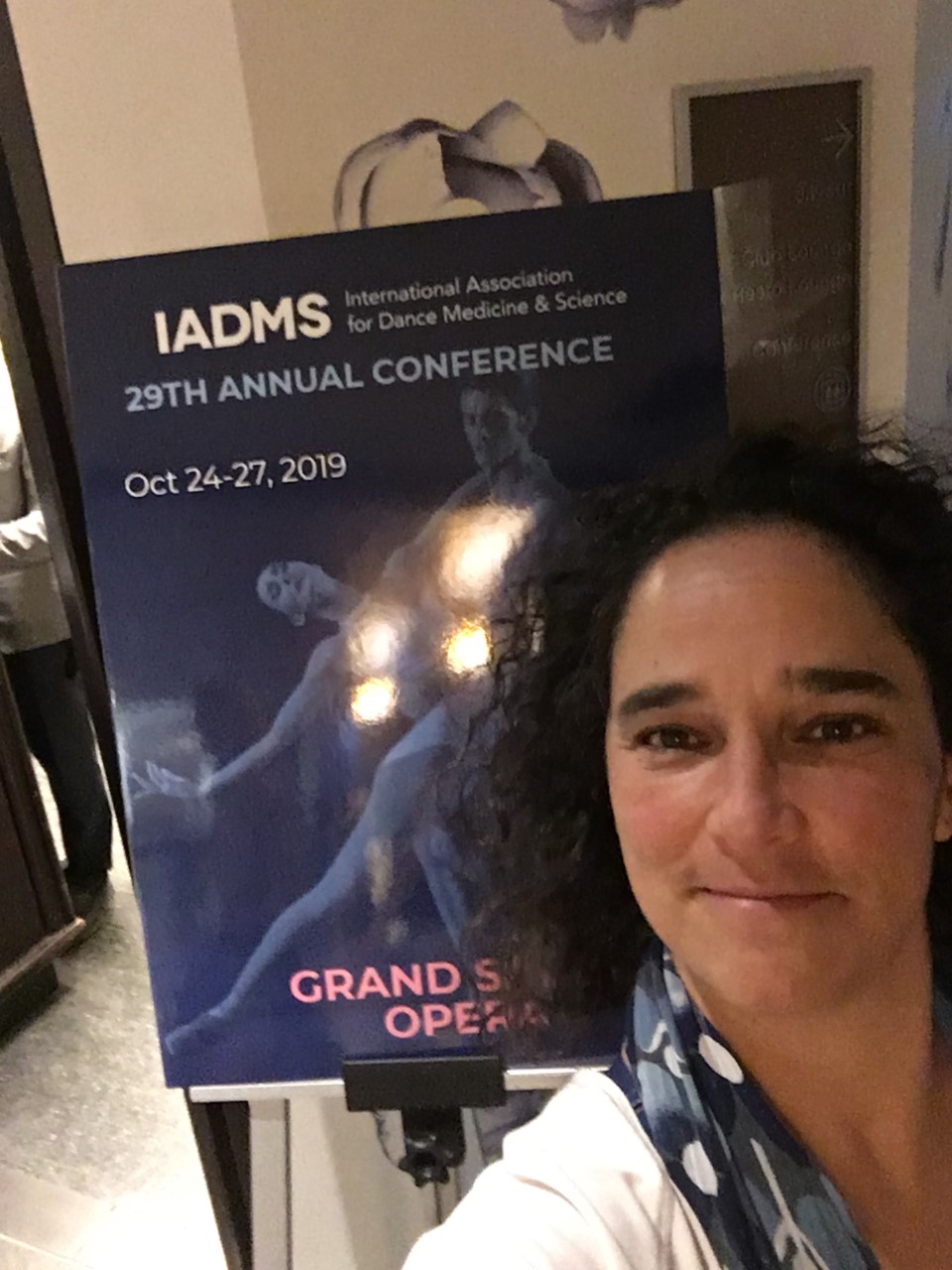Blog
Blog
Ballet for All – shifting focus to adapt practice
Authors: Clare Guss-West, MA and Irma Becker, BA
More than any other dance form, ballet presents perhaps the greatest challenges to all aspects of accessibility with its prevailing focus on the physical achievement of the form and on conformity to traditional aesthetics and yet the demand for adapted ballet practice is growing fast. Institutions such as the Royal Academy of Dance and the Joffrey Ballet school’s Adaptive dance program embrace such diversity and inclusivity and in many cases, integrate children with motor challenges into regular class.
Read ArticleThe Language of Eating Disorders: Are you helping or harming? Part 2
Author: Dawn Smith-Theodore
...Most members of the audience do not know about technique, but they want to understand the story a dancer is telling with their body. After all, the body is the instrument of the dancer, which expresses the language of the soul. Being a dancer is something very special so you must feel the passion. Dancers are often tormented by the critical language in their mind...
Read ArticleMeet the 2020 Dance Educators’ Award Nominees, Part 3 of 3
This is the final installment of our three-part blog series introducing the exceptional nominees for the 2020 Dance Educators’ Award (DEA). Each of this year’s nominees contributes a wealth of experience, knowledge and care to dancers across the sector and we have been extremely impressed to read about their work.
Read ArticleMeet the 2020 Dance Educators’ Award Nominees, Part 2 of 3
In this post, we meet more of the 22 outstanding nominees for the 2020 Dance Educator Award (DEA) and learn a little more about their background and their passion for teaching.
Read ArticleMeet the 2020 Dance Educators’ Award Nominees, Part 1 of 3
The IADMS Dance Educators' Committee is eager to celebrate nominees for the Dance Educator Award. This year, 22 astounding educators were nominated by their colleagues and students for masterfully integrating principles of Dance Medicine and Science into their teaching practice and inspiring future generations of dance teachers to do the same. This is the first of three blog posts highlighting the nominees.
Read ArticleInformation sharing in the digital world
Author: Claire Farmer, MSc, on behalf of the Dance Educators' Committee
Over the past few years, we have seen a steady increase in the use of technology within the arts, as dance artists explore the ways in which digital content can be utilized in the creation, documentation,1 and sharing of work. The move towards a digital world has been profoundly accelerated due to the coronavirus pandemic and our transfer as dance educators to online learning and communication...
Read ArticleReopening dance studios in a global pandemic
Authors: Karen Sudds and Charmaine Tay on behalf of the Dance Educators' Committee
As dance studios begin to re-open, IADMS members from across the world talk about their experiences of reopening studios amongst a global pandemic, the measures they have put in place, the challenges they have faced, and the dancers’ reactions to returning.
Read ArticleGetting Jiggy with It
Author: Roisin Cahalan on behalf of the Dance Educators’ Committee
...In recent decades, the complexity and physical demands of Irish dancing have increased exponentially, as has the incidence of injury in the genre. At the elite level, it is comparable to that experienced by peers from contemporary dance1 and ballet fields2. Despite the unique choreographic features of Irish dancing, not least the upright torso and stationary arms, and the requirement to land on the toes with minimal knee bend, there are many similarities between the risks and injury profiles of elite Irish dancers and peers from other genres1,3.
Read ArticleMara Brenner shares her experiences of her first IADMS conference
Author: Mara Brenner, Founder and Director of Gabriola Dance and Pilates
...Now, 25 years later, I have attended my first IADMS conference. I watched throughout the years as it toured the world and when it landed in my home town I seized the opportunity. Living in a remote town (like my teacher before me), accessing hands-on learning is difficult, so what a treat for me to attend an IADMS conference!
Read ArticleThe Language of Eating Disorders: Are you helping or harming? Part 1
Author: Monika Saigal
Research confirms that the prevalence of eating disorders and disordered eating (ED/DE) is significantly higher among dancers than the general population, with especially high rates of ED/DE among ballet dancers.[1,2] Without proper detection and intervention, ED/DE can have devastating effects on a dancer’s performance, career, and physical and mental health, but fortunately these serious issues are preventable and treatable.
Read Article- IADMS 34th Annual Conference - Experience Point of View: Jennifer Milner
- IADMS 34th Annual Conference - Experience Point of View: Joanna Nicholas
- IADMS 34th Annual Conference - Experience Point of View: Erika Mayall
- Beginning ASL for Medical Students & Health Practitioners
- Relative Energy Deficiency in Dance
